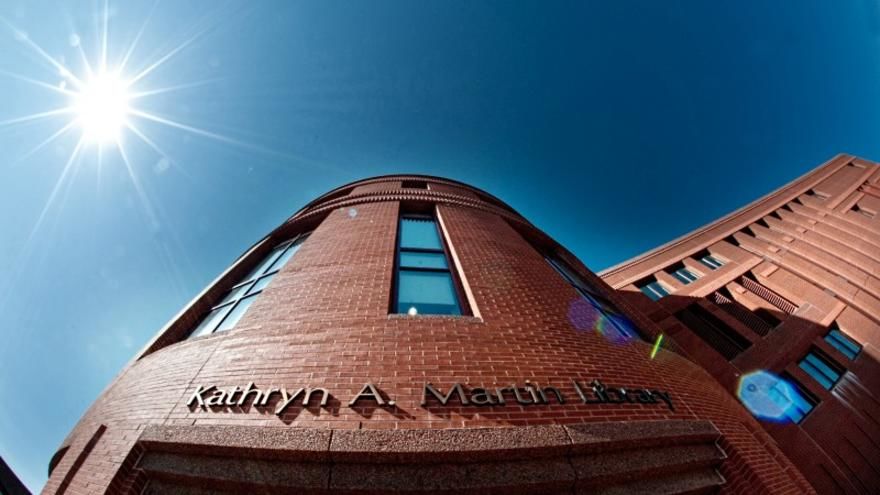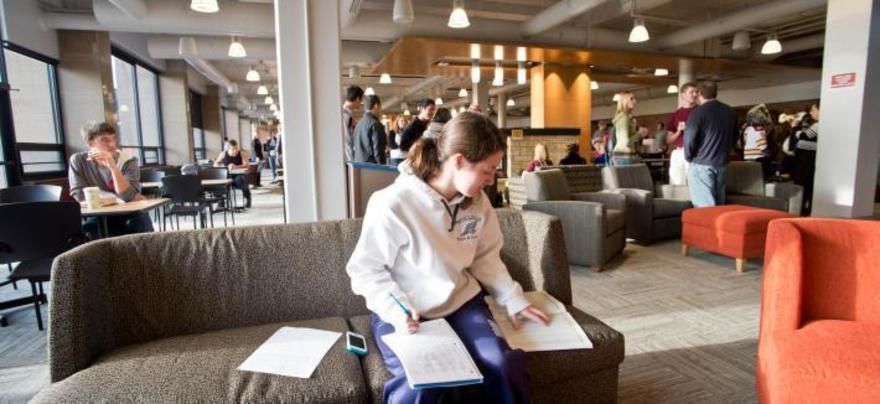UMD Library Recommissioning

August 6, 2014
Chelsea Cansino
The University of Minnesota Duluth Kathryn A. Martin Library uses about $144,080 worth of electricity per year, and much of that is used to heat, cool and condition the air inside (to protect the valuable books and resources it houses!)
